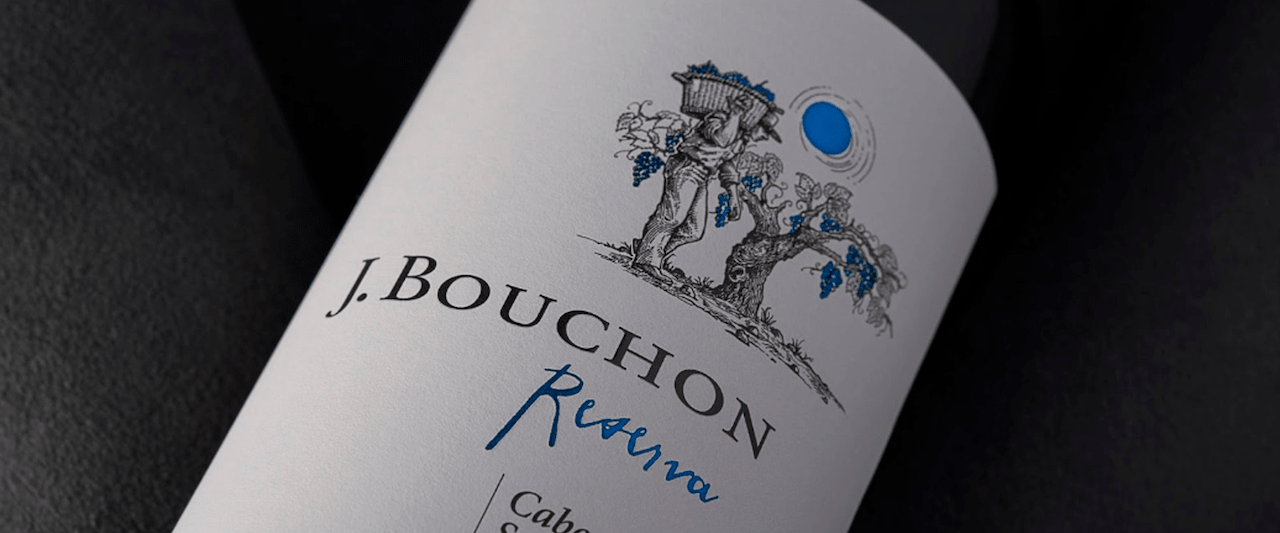6 Recommendations when buying Wine

There are dozens of rules that apply to the serving and tasting of a good wine, but when buying wine, many people don’t have a clear idea of what wine they want to buy. In order to make a good choice, we have a few some advice and recommendations for you below.
A bottle of wine: 6 tips for choosing
Before buying a bottle of wine, think about why you want the wine: is it for a cocktail you want to make, or to serve with a specific meal, for example?
You might be interested: Wine tasting: what is the ideal serving temperature for wines?
You might like: Types of wine glasses, and when to use them
1. Food and wine pairing
If you’re looking for a bottle to enjoy with a meal, make sure to keep in mind the right pairing for the food you’re going to serve.
For saltier foods, sweeter wines are usually recommended; for white meat, white wines are ideal, although for shellfish and other fish, the best option may also be a light-bodied red wine; for red meats, they are often best served with red wines; and for sweet foods like dessert, a sweet or fortified wine may be best. For vegetarian dishes, choose intense white wines or light-bodied reds; and for foods with many, diverse flavors, choose a balanced wine that does not have very accentuated flavors, like Sauvignon Blanc or Pinot Noir
2. Examine the label
There you’ll find a lot of useful information, such as the grape variety, origin, producer, alcohol level, and other important information like aging, vintage, or quality of wine like Reserva, Gran Reserva, etc. And knowing the grape variety means we can understand the style and aromas that are specific to that variety.
3. Aging
Surely, you’ve heard the phrase “the older the wine, the better.” That’s not to say that young wines are not of good quality. That’s why you should keep in mind the amount of aging time the wine has had, confirming the vintage, and the age of the wine.
For example, there are wines that have been barrel aged for 0–6 months, and an undetermined time in the bottle; other wines may age 6 months in oak then 18 months in the bottle, or 12 months in oak and 3 years in bottle; or finally, a wine may age 24 months in oak, and then age the same 3 years in the bottle.
4. Alcohol content
The level of alcohol is expressed as a percentage, which tells of the amount of alcohol as it relates to the total volume of the liquid. Alcohol lends the wine structure, lushness, and flavor. The greater the level of alcohol, the bigger the body and the more potency it will have.
Wines with 11.5–12º are considered low-alcohol and low-bodied wines, while those with 12–14º are of medium alcohol and body, and those with greater than 14º will have a potent body.
5. Think about your personal preferences
If you’re a regular wine drinker, you’ll probably prefer a certain variety, aroma, and consistency. Take these under consideration when making your selection, but without ruling out the possibility of trying something new.
There are a few options of wine apps that allow you to add notes about your preferences and save a library of the wines you’ve liked, so you can consider them the next time you’re shopping. Some of these apps also have a catalogue of wines, where you can rate those you’ve liked or disliked.
6. Ask for help about the right wine for the occasion
Ask a sommelier, or do some research online about the right wine for the occasion. Discover different types of wine, their winemaking process, and the impact those factors have on the wine, like origin, variety, aging, etc.
Follow these recommendations and you’ll be able to pick the right wine for the right time, and fully enjoy it.




